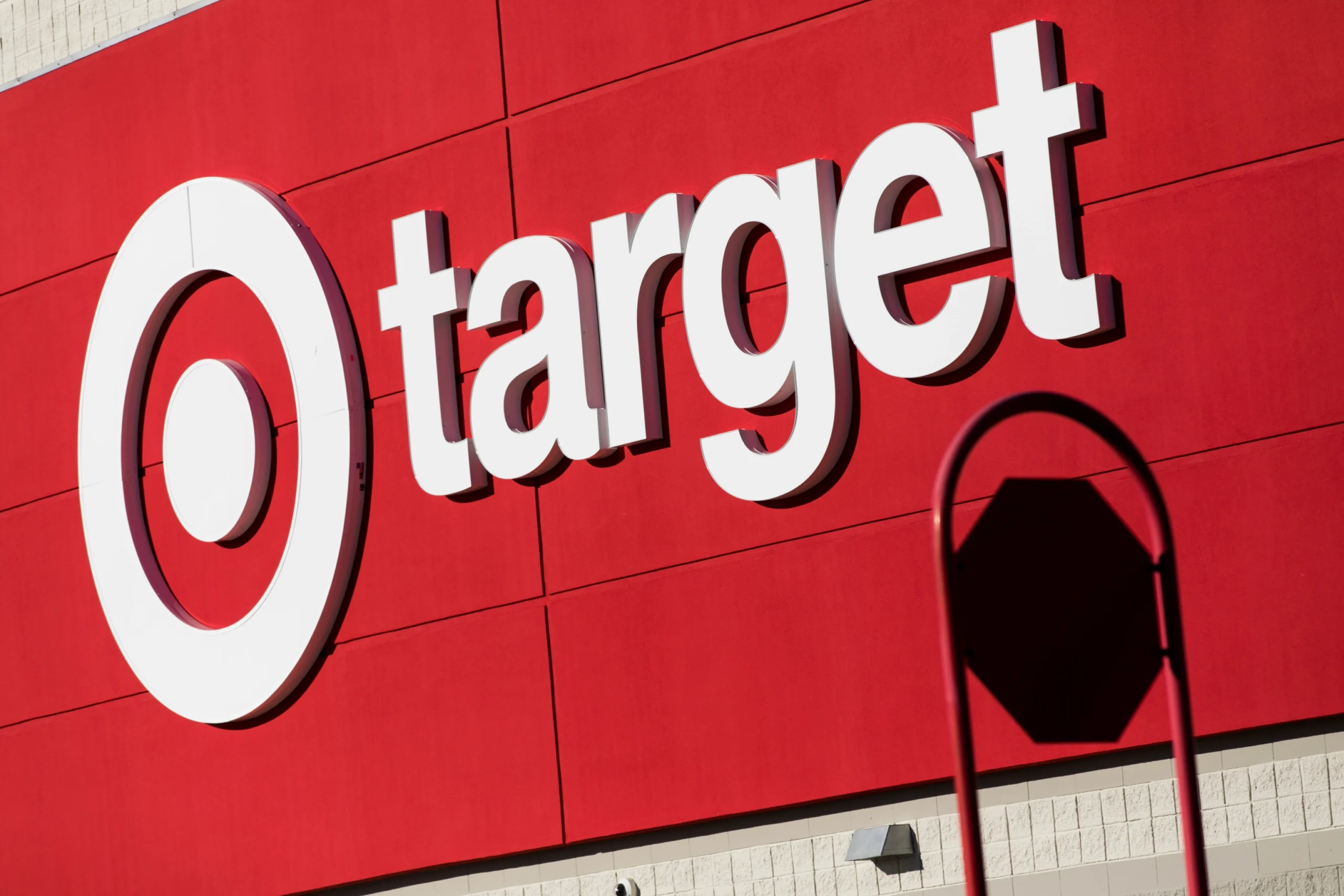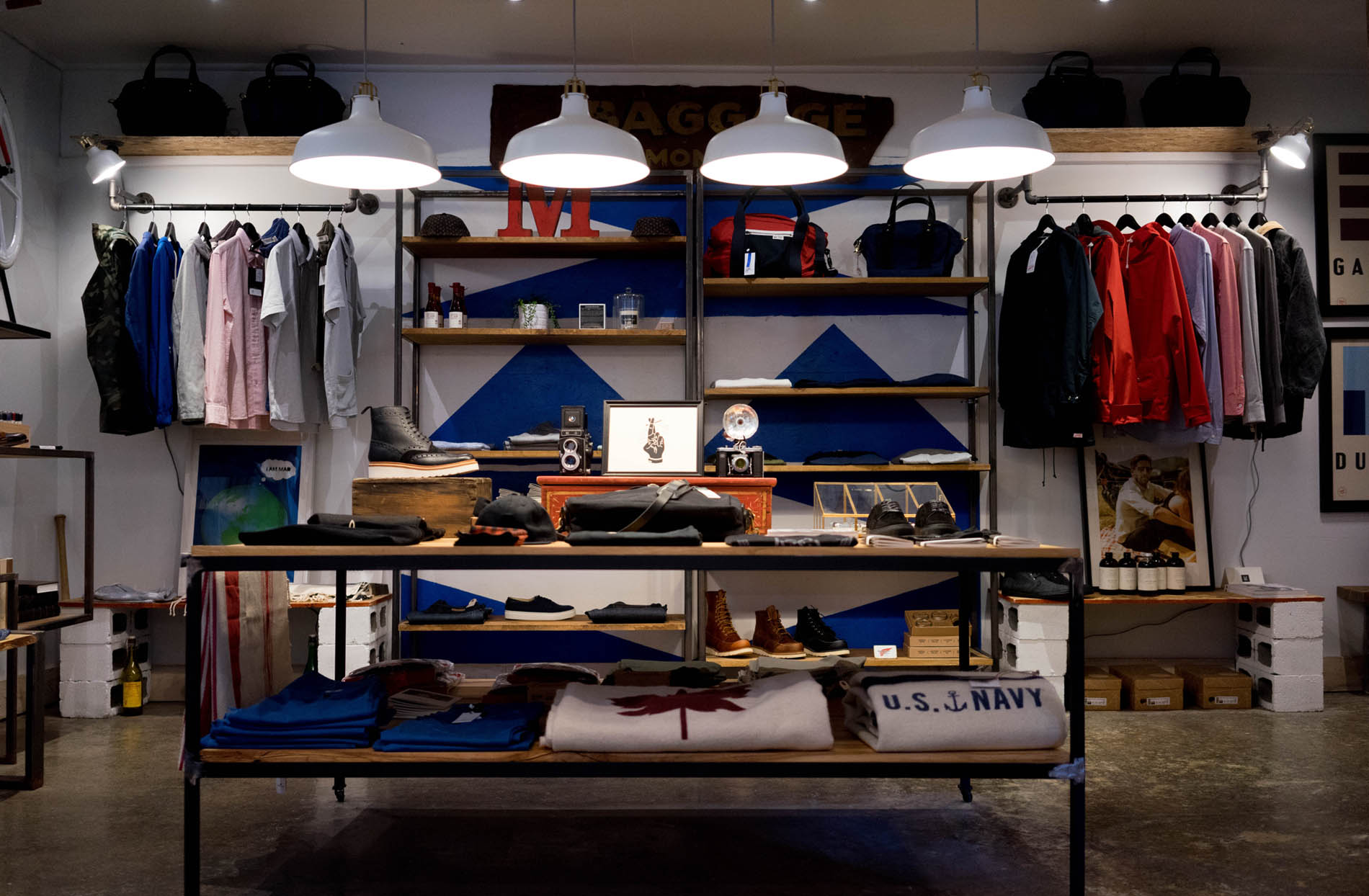If you want to get your product on retail shelves, meeting with a retail buyer is one of the most critical steps in the process. However, success doesn’t just come from having a great product — it comes from being prepared, professional, and persuasive.
Retail buyers are busy professionals who evaluate hundreds of products every month. They expect vendors to be organized, informed, and ready to answer any question on the spot. Failing to prepare can not only waste a valuable opportunity but also damage your reputation for future chances.
In this guide, we’ll cover how to prepare for a retail buyer meeting, make a strong first impression, and increase your chances of landing that coveted retail contract.
1. Make the Right First Impression
Meeting a retail buyer is not just a sales call — it’s a business partnership discussion. Your goal is to connect with the buyer, understand their goals, and position your product as a perfect fit for their retail environment.
Find the Right Contact
- In-person visits: Visit stores to learn about their layout, product mix, and customer base. Politely ask for the correct contact for product submissions — personal connections still matter.
- Use LinkedIn and social media: Follow retail buyers, engage with their posts, and join relevant retail or product groups. A strong online presence builds visibility and credibility.
- Be persistent, but polite: Follow up strategically. Too many messages too soon can turn a potential connection into a closed door.
Craft a Compelling Pitch Email
- Customize your message: Show that you’ve researched the retailer’s assortment and explain how your product fills a gap or enhances their selection.
- Use a catchy subject line: Make it relevant and enticing so the buyer opens your email.
- Add visuals: Include high-quality product images or short demo videos — visuals often sell faster than words.
2. Speak the Retail Buyer’s Language
Retail buyers appreciate when vendors understand retail dynamics and terminology.
- Do your research: Know the retailer’s history, values, and top-selling products. Tailor your pitch to align with their brand.
- Learn the jargon: Terms like planogram, shelf space, sell-through rate, and turns should be part of your vocabulary.
- Be open to feedback: Even critical comments are valuable — they offer insights from someone who knows the market inside and out.
3. Be Ready for Buyer Questions
Retail buyers report to senior management and need to justify their purchasing decisions. Expect detailed questions about your business and product. Be prepared to answer:
- Who is your target customer?
- How are you priced compared to competitors?
- Who is your competition, and what makes you different?
- Has your product been tested or reviewed?
- Do you have patents or intellectual property protection?
- What is your defect rate or warranty policy?
- What is your minimum order quantity (MOQ)?
- How is your product packaged for retail display?
Being able to confidently answer these questions shows you know your business and are ready to be a reliable vendor.
4. Prepare a Professional Buyer Presentation Packet
Your buyer packet should clearly communicate who you are, what your product is, and why it belongs on their shelves. Include the following essentials:
- Letter of Introduction: A short, compelling overview of your company, product, and why customers love it.
- Business History: A concise story of your brand and what makes it unique.
- Product Overview: Explain your product’s purpose, target audience, and key benefits.
- Line Sheet: Include photos, descriptions, pricing, delivery details, minimum order quantities, and contact info. Keep it clean and easy to read.
- Order Form: Provide a clear order process, payment options, and available styles or SKUs.
- Product Samples or Brochures: If possible, include a high-quality sample or detailed brochure. Let buyers experience the product as their customers would.
5. 10 Tips to Nail Your Retail Product Presentation
Follow these ten proven tips to make your retail presentation stand out:
1. Perfect Your Packaging
- Protect your product during shipping.
- Grab attention instantly with clear, attractive design.
- Communicate what the product is and why it matters.
- Stay on-brand while fitting retailer packaging guidelines.
2. Research Each Retailer
Every store has different expectations and requirements. Visit vendor portals or retailer websites to ensure your product aligns with their criteria and customer demographics.
3. Know Your Competition
Be ready to explain why your product performs better or offers more value than competing options.
4. Maintain a Professional Website
Include all key buyer information — product details, demonstration videos, testimonials, and contact information — in one place.
5. Bring Updated Sell Sheets
Even in a digital world, buyers appreciate a tangible, up-to-date sell sheet with clean design and clear information.
6. Highlight What Makes You Unique
Define your unique selling proposition (USP) — what sets your brand apart beyond the product itself.
7. Look and Act Professional
Dress appropriately, rehearse your pitch, and bring printed materials. Confidence and preparation go a long way.
8. Show Flexibility and Reliability
Buyers value partners who can adapt to packaging, pricing, or delivery needs without drama.
9. Respect the Buyer’s Time
Keep your presentation concise but impactful. Focus on your product’s value and retail potential.
10. Stay Persistent
Rejection doesn’t mean “no forever.” Learn from every meeting, refine your pitch, and keep reaching out to new opportunities.
6. Choose the Right Person to Lead the Meeting
Decide who will present to the buyer — whether it’s an internal team member or an experienced retail channel management agency. Retail channel management agencies like Retailbound have existing retail relationships, which can help you gain traction faster. Choose whoever can confidently sell your story and handle buyer questions smoothly.
Final Thoughts
Preparation is everything when it comes to meeting retail buyers. With a strong presentation, polished materials, and a professional attitude, you’ll stand out as a reliable partner — not just another vendor.
If you’re serious about getting your product in retail, Retailbound’s retail consulting services can help you build a winning pitch. Book a call today with a retail expert.
About the Author
Yohan Jacob is the President and Founder of Retailbound, a leading retail channel management consultancy that helps brands launch and scale their products in more than 150 retailers across the U.S. and Canada. Retailbound specializes in helping brands bridge the gap between product creation and retail success, offering services in retail strategy, buyer engagement, sales management, and channel marketing support.
Whether you’re a startup or an established brand, Retailbound provides the expertise you need to increase your retail presence, strengthen buyer relationships, and grow your sales both in-store and online.



